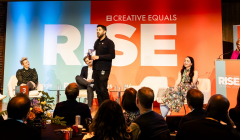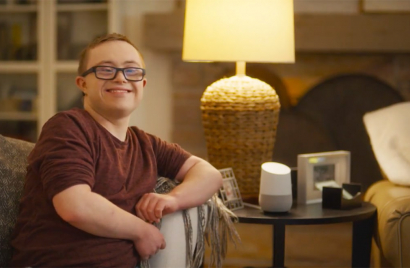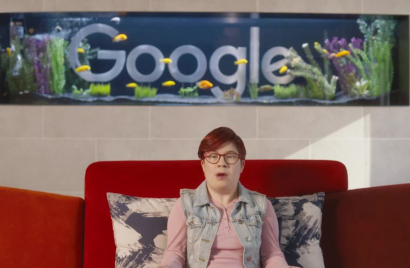
Are we leaving men and boys behind?
At Creative Equal’s RISE event, industry leaders consider how to reframe boys and men in marketing

A new project from Google is an example of what can happen when brands work alongside the community they’re looking to represent and include them rather than speaking on behalf of them.

There will be 8 billion voice assistants in the world by 2023, according to Jupiter Research. This will also mean that almost half of all search queries will be spoken by 2020 according to market analyst Comscore.
For many people, voice assistants are simply a convenience, used for things like kitchen timers or to play music. But for others they can be a lifeline to independence, helping to set daily reminders or keep in touch with friends and family.
The secret to enabling technology to work for everyone is about changing the biased data with which the algorithm is often programmed. Expanding voice assistants’ understanding in this way is an essential part of creating truly inclusive technology.
Google revealed that its technology misunderstands about a third of words spoken by people with Down’s syndrome as their speech patterns are different. To try and retrain the algorithm, Google worked with FCB Canada and The Canadian Down Syndrome Society to create ‘Project Understood.’
The project’s aim is to make the technology more inclusive, so they invited people with Down’s syndrome to record phrases online. The phrases move through various speech patterns and phrases to build up an online library. These will then be fed into Google’s algorithm to update and improve its understanding of vocal habits.
Inclusive technology is vital, not only to the people who use it but also to the businesses who produce it, especially if they don’t want to lose out on a massive section of society. 71% of customers with a disability that results in access needs will click away from a website they find difficult to use, according to the Click-Away Pound Survey 2016. There is no reason to doubt that this is the same with any kind of tech; if it doesn’t work, users won’t bother staying.
This project is an example of what can happen when brands work alongside the community they’re looking to represent and include them rather than speaking on behalf of them.
The shift in technology is being undertaken alongside the Down’s syndrome community, speaking to them and working with them to enable the technology to truly represent and reflect them. And, as with any piece of technology, the more information that’s put in, the more accurate the outcome will be, for everyone.


Looks like you need to create a Creativebrief account to perform this action.
Create account Sign inLooks like you need to create a Creativebrief account to perform this action.
Create account Sign in